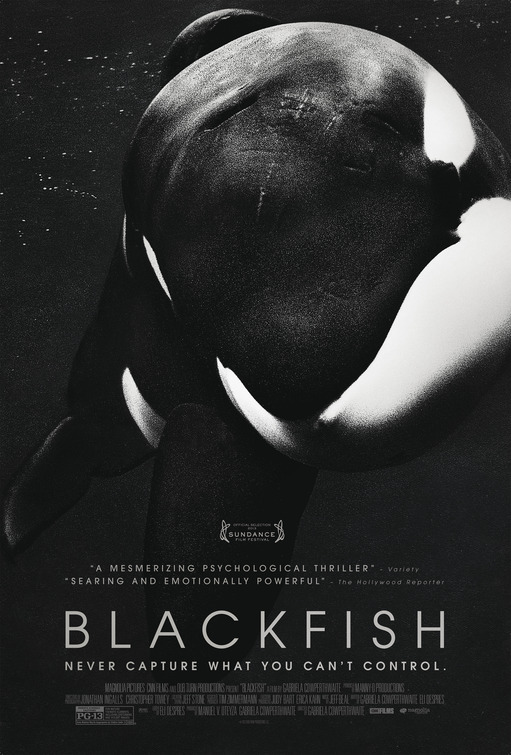How well do
you know our Citizen Science projects? Here’ s a test! Below are short
descriptions of the various projects volunteers carry out here at PTMSC and
groups of photos. Can you match project descriptions with the pictures? Let’s
see!
Sound
Toxins: Volunteers sample for
plankton at various sites, looking specifically for species that cause harmful
algal blooms. These organisms are
harmful to human health and/or the economic health of Puget Sound, and we serve
as an early warning system!
BEACH: Our volunteers brave the cold
water (wading in a few feet) to monitor bacteria levels at local beaches and
educate the public about the risks of polluted water. We work with the government to close beaches
when levels are dangerously high.
Mussels/PSP: We collect samples of blue mussels which are sent to
a lab (via UPS! What an adventure!) and tested for the toxins responsible for
paralytic shellfish poisoning.
Puget
Sound Seabird Survey (PSSS): We
identify local seabirds to develop a baseline of their populations and learn
about how to target response efforts in the case of oil spills.
Ocean
Genome Legacy Project: We take tissue
samples of dead marine animals (that die in our exhibit or that wash up on
shore nearby). Their genome is sequenced
to further scientific understanding of the marine environment in light of
biodiversity loss in our world’s oceans.
Purple Martin: We’re keeping track of Purple
Martins that land and nest in the houses built on our pier. Purple Martin’s
experienced a dramatic population decrease in the last century so we’d like to
know how our own local birds are faring.
Abalone Halfway House (brand new!): Due to the staggering population
decline in Pinto Abalone caused by recreational overfishing, we partnered up
with the Puget Sound Restoration Fund to raise 200 juvenile Abalone. We are
housing one group in the lab and another on the pier and gathering data on
their growth rates.
Oceanography on the Dock (brand
new!): A free
program intended to get the public involved in testing some physical
oceanography parameters. Guided by a staff or volunteer, O-dock participants
measure salinity, pH, temperature, turbidity, dissolved oxygen, and more while
learning about their connection to conservation.
Now…here’s
your test! Match the project descriptions with their photos. Answers at the
bottom.
 |
| Project 1 |
 |
| Project 2 |
 |
| Project 3 |
 |
| Project 4 |
 |
| Project 5 |
 |
| Project 6 |
 |
| Project 7 |
 |
| Project 8 |
Answers:
Project 1 - Abalone Halfway House
Project 2 - Purple Martin
Project 3 - BEACH
Project 4 - Ocean Genome Legacy
Project 5 - Oceanography on the Docks
Project 6 - Puget Sound Seabird Survey
Project 7 - Mussels/PSP
Project 8 - Sound Toxins
Did you pass the test? I hope this gallery
of our fabulous work inspires you to keep working hard as a volunteer or to get
involved if you aren't already. Keep in mind there are always ways that you can
be a citizen scientist!
Coming
Soon:
Roof
Runoff: We’ll be sampling roof runoff
from houses both in Port Townsend and Seattle to test for toxic chemicals. If you are available to be trained for
sampling in the fall and want to participate, we’d love for you to get
involved! Please contact Jamie Landry at
jlandry@ptmsc.org or 385 5582 x112.

.jpg)



.jpg)
































